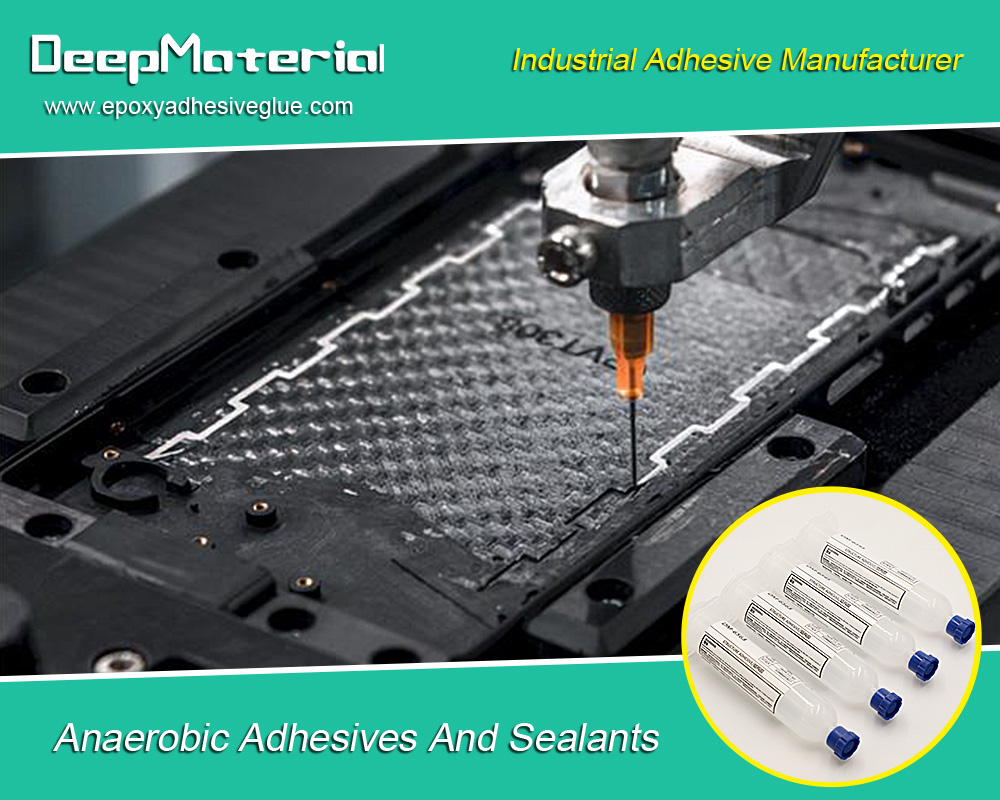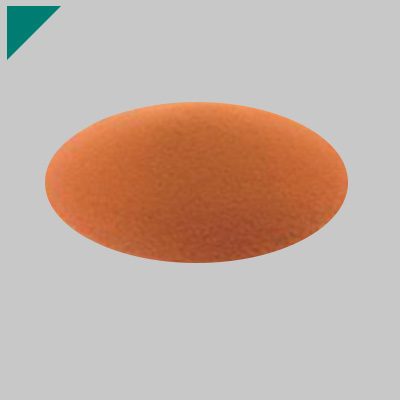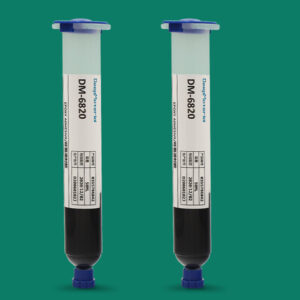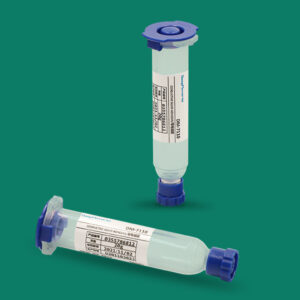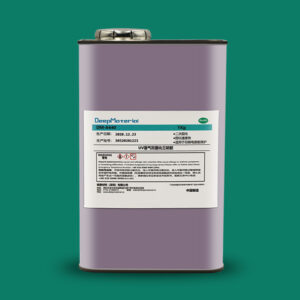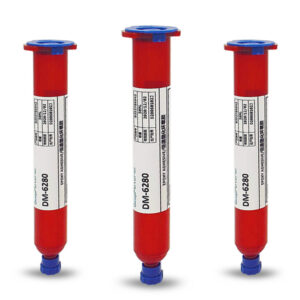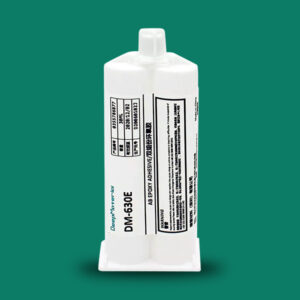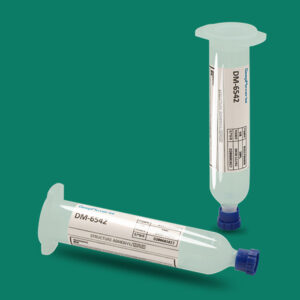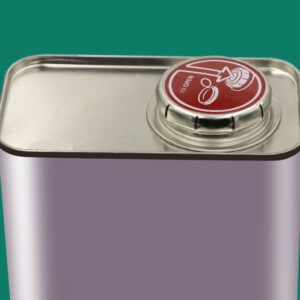Research on the Role of Epoxy Resin in the Impact and Vibration Resistance Performance of Encapsulated LEDs
Research on the Role of Epoxy Resin in the Impact and Vibration Resistance Performance of Encapsulated LEDs
LED (Light Emitting Diode), as a new type of high-efficiency, energy-saving, and long-life light source, has been widely used in many fields such as lighting, display, automotive electronics, etc. However, in the actual use process, LEDs will inevitably be affected by various impacts and vibrations, such as bumps during transportation, mechanical collisions during installation and use, etc. These impacts and vibrations may cause damage to the LED chip and rupture of the encapsulation structure, thus affecting its luminous performance and service life. Epoxy resin, as a commonly used LED encapsulation material, not only has good optical and insulating properties but also plays an important role in improving the impact and vibration resistance performance of LEDs. In-depth research on the mechanism of the role of epoxy resin in this regard is of great significance for improving the reliability and stability of LEDs.
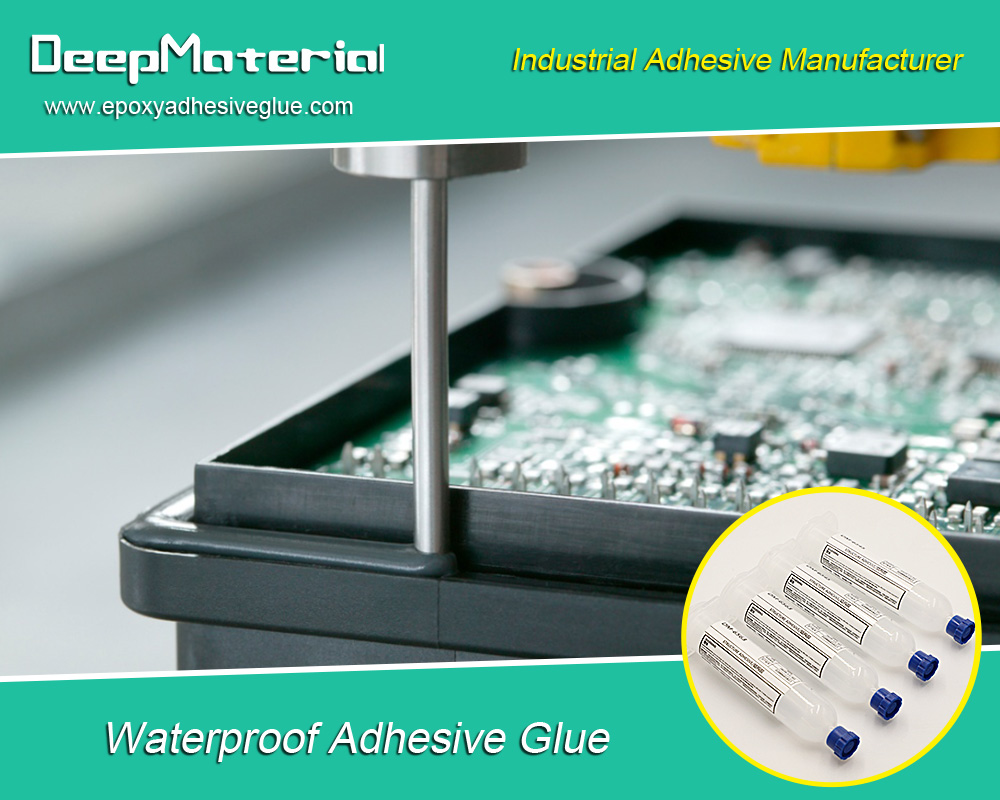
Structure and Working Principle of LEDs
LEDs are mainly composed of components such as chips, electrodes, brackets, and encapsulation materials. The chip is the core part of the LED, and it generates the phenomenon of light emission through the electron transition of semiconductor materials. The electrodes are used to connect the chip to the external circuit and provide current for the chip. The bracket plays a role in supporting and fixing the chip. The encapsulation material usually uses polymer materials such as epoxy resin, and its main function is to protect the chip from the influence of the external environment and improve the optical performance of the LED at the same time.
When working, when the current passes through the LED chip, electrons and holes recombine in the semiconductor material, releasing energy and emitting it in the form of photons, thus achieving light emission. The luminous performance of an LED is closely related to the quality of its chip, the encapsulation structure, and the performance of the encapsulation material.
Impact and Vibration Environments Faced by LEDs in Practical Applications
During transportation, LEDs may be affected by bumps during vehicle driving, collisions during loading and unloading, etc. During the installation process, such as when using tools for installation or assembling with other components, it may also cause mechanical damage to the LEDs. During the use process, in some special environments such as industrial production sites and the interiors of vehicles, there are strong vibration and impact sources, which put forward higher requirements for the reliability of LEDs.
For example, in automotive lighting applications, LEDs need to withstand the vibrations and bumps during vehicle driving and the vibrations of the engine, etc.; in outdoor lighting applications, LEDs may be impacted by natural factors such as wind and hail. Therefore, improving the impact and vibration resistance performance of LEDs is the key to ensuring their normal operation in various complex environments.
Material Properties of Epoxy Resin
Epoxy resin is a thermosetting polymer material with the following excellent properties:
- Good Adhesion: Epoxy resin can firmly bond with a variety of materials (such as metals, ceramics, semiconductors, etc.), ensuring a reliable connection between the LED chip and components such as the bracket and electrodes.
- High Strength and Rigidity: The cured epoxy resin has high strength and rigidity, which can provide certain mechanical protection for the LED and resist external impacts and vibrations.
- Excellent Insulation Performance: Epoxy resin is a good insulating material, which can effectively isolate the LED chip from the external circuit and prevent problems such as electric leakage and short circuits.
- Good Optical Performance: Epoxy resin has a high light transmittance, which can reduce the loss of light during the propagation process and improve the luminous efficiency of the LED. At the same time, its optical performance can be adjusted by adding different optical additives to meet the needs of different application scenarios.
- Chemical Corrosion Resistance: Epoxy resin has good resistance to many chemical substances, which can protect the LED chip from chemical corrosion and extend its service life.
Mechanisms of the Role of Epoxy Resin in Improving the Impact and Vibration Resistance Performance of LEDs
- Buffering Effect: When the LED is subjected to impacts and vibrations, the epoxy resin can absorb and disperse the external energy, playing a buffering role. Since the epoxy resin has a certain elastic modulus, it will undergo a certain deformation when subjected to external forces, converting mechanical energy into other forms of energy such as heat energy, thus reducing the direct impact on the LED chip. For example, when subjected to an instantaneous impact force, the deformation of the epoxy resin can delay the transmission of the impact force, allowing the chip enough time to adapt to the change of the external force and reducing the risk of chip damage.
- Enhancing Structural Stability: Epoxy resin can firmly bond the LED chip, electrodes, and bracket and other components together to form an integrated encapsulation structure. The stability of this structure can effectively resist external impacts and vibrations and prevent the loosening and displacement of components. For example, in a vibration environment, the bonding effect of the epoxy resin can ensure that the relative position between the chip and the bracket remains unchanged, avoiding poor electrical connection or chip damage caused by component loosening.
- Stress Dispersion Effect: During the operation of the LED, certain thermal stresses will be generated due to factors such as temperature changes. The presence of the epoxy resin can disperse these thermal stresses throughout the entire encapsulation structure, avoiding stress concentration on the chip. At the same time, when subjected to impacts and vibrations, the epoxy resin can also evenly distribute the external forces to each component, reducing the damage caused by excessive local stress to the chip. For example, by reasonably designing the encapsulation thickness and shape of the epoxy resin, the stress distribution can be optimized, and the impact and vibration resistance performance of the LED can be improved.
- Protecting the Chip from Mechanical Damage: As a sturdy shell, the epoxy resin can provide physical protection for the LED chip, preventing the chip from being collided and scratched by external hard objects. In practical applications, the chip is very fragile and is prone to mechanical damage, which will lead to a decline in performance or failure. The encapsulation of the epoxy resin can effectively isolate the chip from the external environment and reduce the influence of external factors on the chip.
Experimental Research and Analysis
In order to verify the role of epoxy resin in improving the impact and vibration resistance performance of LEDs, a series of experiments were carried out. LED samples encapsulated with different types of epoxy resins were selected, and a control group (unencapsulated LED chips) was set up.
- Impact Resistance Experiment: A drop hammer impact test device was used to apply impacts with different energies to the LED samples. A high-speed camera was used to record the deformation and damage of the LEDs during the impact process, and the changes in the luminous performance of the LEDs before and after the impact were measured. The experimental results show that when the LED samples encapsulated with epoxy resin are subjected to impacts, the damage degree of the chips is significantly lower than that of the unencapsulated control group. The epoxy resin can effectively absorb the impact energy and reduce the deformation and rupture of the chips.
- Vibration Resistance Experiment: A vibration table was used to conduct vibration tests on the LED samples at different frequencies and amplitudes. An acceleration sensor was used to measure the acceleration response of the LEDs during the vibration process, and the changes in the luminous performance of the LEDs were monitored. The experiment found that the LED samples encapsulated with epoxy resin can maintain good structural stability during the vibration process, and the changes in the luminous performance are small. However, the unencapsulated chips are prone to problems such as loosening and displacement during the vibration process, resulting in a decline in luminous performance or even failure.
Through the analysis of the experimental data, we further clarified the important role of epoxy resin in improving the impact and vibration resistance performance of LEDs, and determined the influence of some key process parameters and material properties on the performance of LEDs.
Analysis of Practical Application Cases
- Automotive Lighting Application: In automotive headlights, LEDs need to withstand the severe vibrations and impacts during vehicle driving. An automotive manufacturer adopted high-performance epoxy resin to encapsulate LEDs. After verification through actual road tests and simulation experiments, this encapsulation method effectively improved the reliability and stability of the LEDs. During the long-term driving process, the luminous performance of the LEDs remained stable, and no damage phenomenon caused by impacts and vibrations occurred, greatly improving the service life and safety of the automotive lighting system.
- Industrial Lighting Application: In some industrial production workshops, there are strong mechanical vibration and impact sources. A factory adopted LED lamps encapsulated with epoxy resin in its lighting system. After a period of use, it was found that these lamps could work normally in the harsh industrial environment, effectively reducing the damage rate and maintenance cost of the lamps. The impact and vibration resistance performance of the epoxy resin enables the LED lamps to meet the special needs of industrial production and provides a reliable lighting solution for the factory.
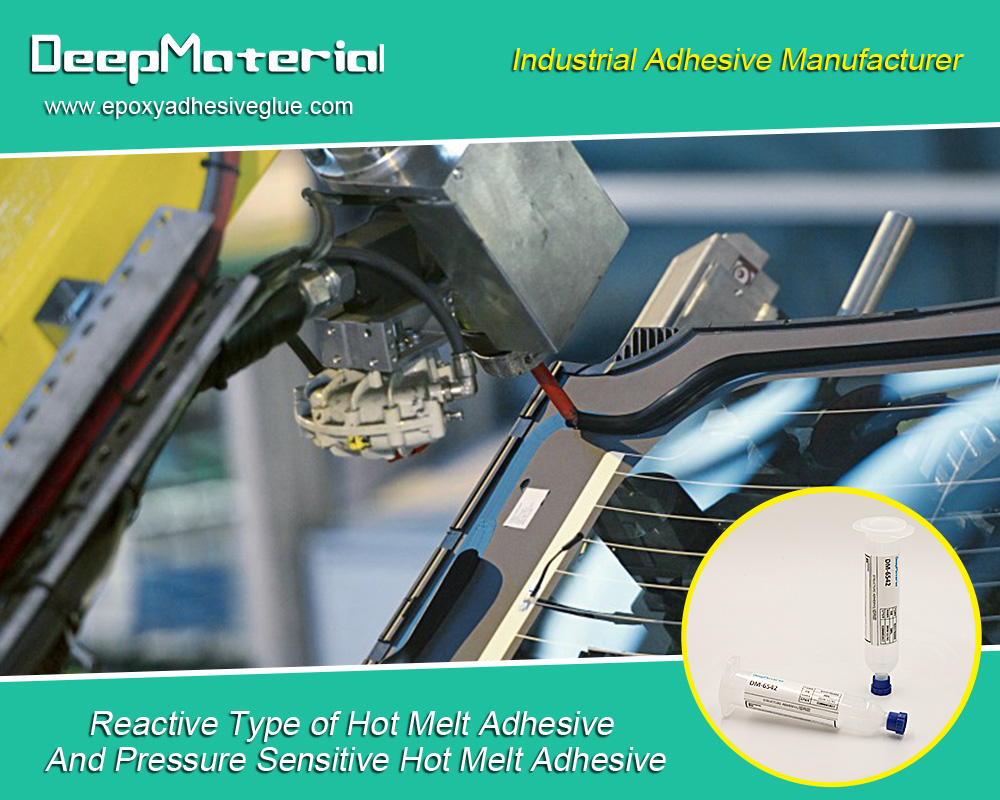
Conclusion
Epoxy resin, as an important LED encapsulation material, plays a vital role in improving the impact and vibration resistance performance of LEDs. Through its mechanisms such as buffering, enhancing structural stability, stress dispersion, and protecting the chip, the epoxy resin can effectively resist external impacts and vibrations, protect the LED chip from damage, and ensure the normal operation of the LED in various complex environments. Both experimental research and practical application cases have fully demonstrated the effectiveness of epoxy resin in improving the reliability and stability of LEDs.
With the continuous development of LED technology and the continuous expansion of application fields, the requirements for the impact and vibration resistance performance of LEDs will also become higher and higher. In the future, we need to further optimize the material properties and encapsulation process of epoxy resin, conduct in-depth research on the interaction relationship between it and the LED chip and other components, so as to improve the overall performance and reliability of LEDs and provide better support for the application of LEDs in more fields.
For more about choosing the best research on the role of epoxy resin in the impact and vibration resistance performance of encapsulated LEDs, you can pay a visit to DeepMaterial at https://www.epoxyadhesiveglue.com/category/epoxy-adhesives-glue/ for more info.


